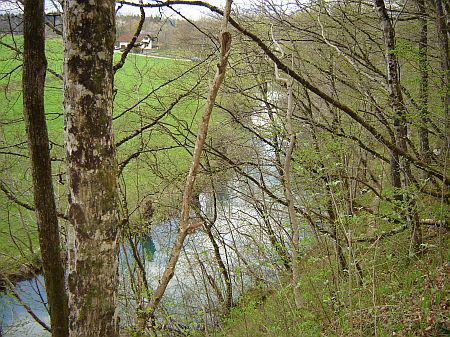
Slovenia’s Bela Krajina region, in the far south of the country on the border with Croatia, is relatively little-known among visitors, but those who do make it there tend to be captivated by its gentle landscape of vineyards, birch forests, and gentle fields. Some of the region’s most interesting scenery can be found in the Lahinja Protected Area.
The area is named after the Lahinja River and most of its life depends on the river waters. No fewer than 14 endangered plants and animals are found on the banks of the Lahinja. The river’s extensive meanders are covered in pondweed and are surrounded by wetlands and intermittent lakes, which are abundant with reeds, rush, and seasonal flowers. Several types of mint plants infuse the area with a pleasing aroma.
The waters themselves provide an ideal habitat for several fish, crayfish, and even otters. The limestone terrain, meanwhile, is responsible for a number of springs, underground bodies of water, and several small caves.
Others landscapes in the protected area have been shaped by people. Many of the fields got their present appearance after centuries of diligent cultivation. A preserved mill and a saw, complete with original furnishings, give visitors a sense of how the river once provided a livelihood to people in this remote part of Slovenia.
In fact, archeological findings, ranging from tools to pottery, indicate that the area has been inhabited from the Neolithic onward – including the Classical area, when the ancient Romans had a settlement near the river. In the 16th century, an important castle served as a defense against the invading Ottoman Turks. It has long since vanished, but visitors can still climb on top of the former castle hill.
Recent evidence suggests that too much untamed nature can also pose a problem for the Lahinja Protected Area. Because of a decline of farming in the area, many ancient fields have become overgrown, changing the centuries-old appearance of the local landscape. It has become clear that only a combination of traditional framing techniques and a commitment to conservation can preserve one of the unique areas anywhere in Slovenia.

































































